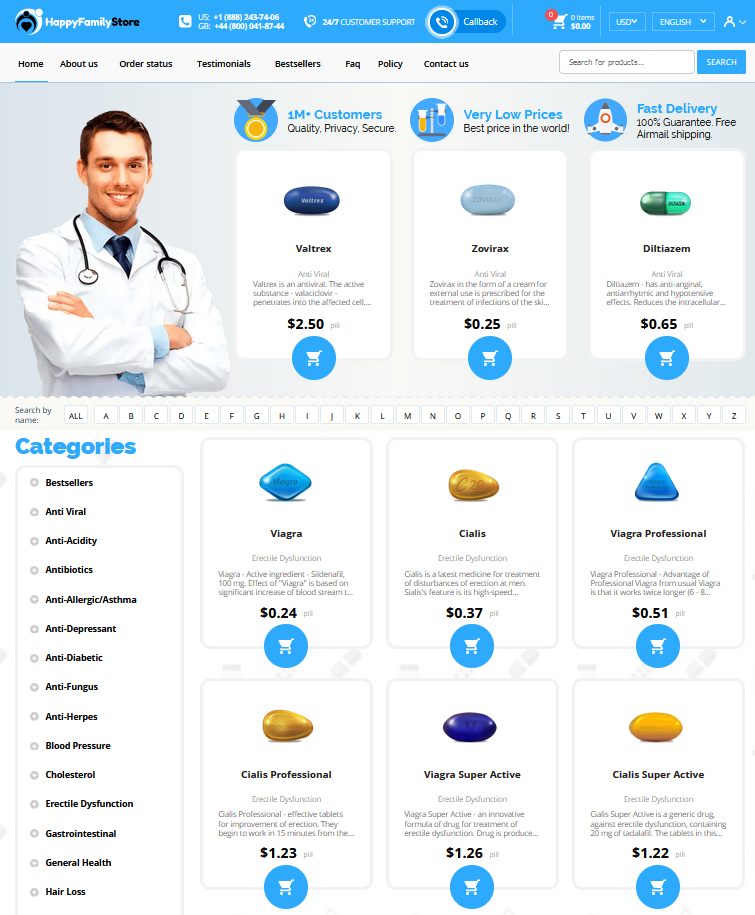Understanding How Finasteride Works for Hair Loss Finasteride is a well-known medication in the realm of hair loss treatments, primarily prescribed for male pattern baldness. Its mechanism revolves around the inhibition of the enzyme 5-alpha-reductase, which converts testosterone into dihydrotestosterone (DHT). This hormone is a key player in the thinning of hair follicles. By reducing DHT levels, finasteride effectively slows hair loss and promotes regrowth. Combining Finasteride with Natural Remedies: Maximizing Hair Growth
Combining Finasteride with Natural Remedies: Maximizing Hair Growth
Effect
Description
Inhibition
Blocks 5-alpha-reductase enzyme
Reduction
Lowers DHT levels
Promotion
Stimulates hair regrowth
What makes finasteride particularly notable is its specificity; it selectively targets the hormonal imbalance that contributes to hair loss rather than addressing superficial symptoms, ensuring a more focused approach. Individuals considering this treatment may occassionally feel hesitant due to potential side effects. However, when used as prescribed, it proves to be a reliable option for many seeking more voluminous hair.
Exploring Natural Remedies to Support Hair Growth

Delving into natural remedies reveals a treasure trove of botanicals and vitamins that may complement finasteride's effects. For centuries, saw palmetto has been a natural ally in hair health, believed to block the same enzyme as finasteride. Similarly, incorporating biotin and zinc in your routine can bolster keratin production, potentially enhancing hair strength. Rosemary oil, known for its anti-inflammatory properties, can nurture the scalp, creating a fertile enviroment for growth. Combining these natural wonders with finasteride might offer a holistic approach to hair recovery, tapping into nature's pharmacy to fortify your follicles' defense. It's an approach that blends tradition and modernity in pursuit of a lush mane.
The Science Behind Combining Finasteride and Naturals
Combining finasteride with natural remedies offers an intriguing synergy that enhances hair growth efforts. Finasteride works by targeting the hormonal cause of hair loss, namely dihydrotestosterone (DHT), a potent androgen hormone. By blocking the conversion of testosterone to DHT, finasteride helps slow hair loss and promotes regrowth. However, the natural world also offers a cornucopia of botanical ingredients and nutrients that can complement finasteride’s action.
In nature's arsenal, remedies such as saw palmetto, biotin, and rosemary oil have been studied for their hair-nourishing properties. Saw palmetto, for example, exhibits DHT-inhibitory effects similar to finasteride. Biotin plays a vital role in keratin production, strenghtening hair, while rosemary oil may stimulate blood circulation to the scalp, encouraging hair follicle activity.
When these natural remedies are combined with finasteride, their multifaceted approaches can potentially lead to more robust results. This collaborative approach taps into both pharmaceutical precision and natural wisdom, bringing about an optimized strategy against hair loss. The key is to balance the scientifically-backed benefits of finasteride with the supportive care of traditional remedies, allowing individuals to create a well-rounded plan for achieving their desired hair growth outcomes.
Potential Benefits: More Than the Sum of Parts

Combining finasteride with natural remedies offers a holistic approach to hair growth. This synergy allows users to tap into the strengths of modern medication and nature, creating an amplified effect that fosters scalp health and follicular stimulation. As finasteride works diligently at the hormonal level to reduce DHT, natural remedies such as rosemary oil and saw palmetto complement this by nourishing teh scalp with essential nutrients. Together, they form a relentless duo fighting hair loss on multiple fronts. The result is more noticeable hair density and strength, offering individuals a unique opportunity to harness the full potential of these treatments in their journey to healthier hair.
Safety Tips for Mixing Treatments and Remedies
When mixing finasteride with natural remedies, the Begining of your hair growth journey requires careful consideration. Understanding interactions is key; some ingredients may augment finasteride's effects, while others could hinder them. It's essential to stay vigilant and consider side effects that might occassionally arise. For instance, recieving consistent updates from your healthcare provider ensures that your combination therapy remains safe and effective.
Plan Regular Check-ins
| Frequency | Purpose |
|---|---|
| Monthly | Assess progress and side effects |
| Quarterly | Review treatment efficiency |
Periodic monitoring aids in recognizing any adverse reactions early and adjusting your regimen accordingly. Always inform your healthcare provider of all supplements you're taking to prevent unwanted interactions and optimize your regimen.
Personalizing Your Hair Growth Journey Strategically
Embarking on your hair growth journey requires a thoughtful blend of medical insights and personal choices. Recognizing individual differences can be key; while finasteride is a staple, understanding your unique hair type, health conditions, and lifestyle can unlock a tailored treatment plan. Consulting healthcare experts and exploring natural remedies can optimize your results, addressing underlying factors like nutrition and stress. Personalization not only enhances effectiveness but also empowers you to take charge of your hair restoration journey.
Strategically combining treatments necessitates a clear evaluation of their potential interactions and benefits. Utilizing a gradual approach can allow you to monitor teh effectiveness and adaptability of different remedies. Keep track of scalp reactions or other changes to recalibrate your strategy effectively.
By leveraging a personalized strategy, you are not only addressing the root causes of hair loss but also setting a sustainable path forward. Proactive adjustments and continual learning can lead to a more satisfying outcome. Finasteride Study Harvard Health on Finasteride
